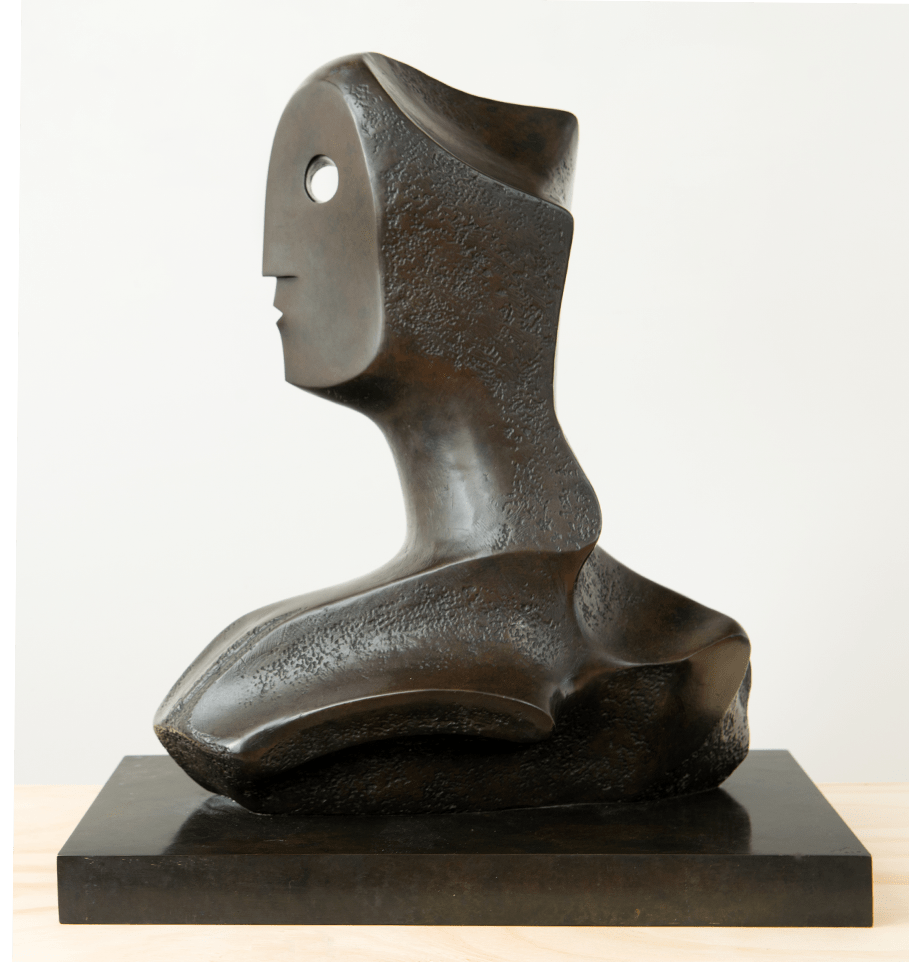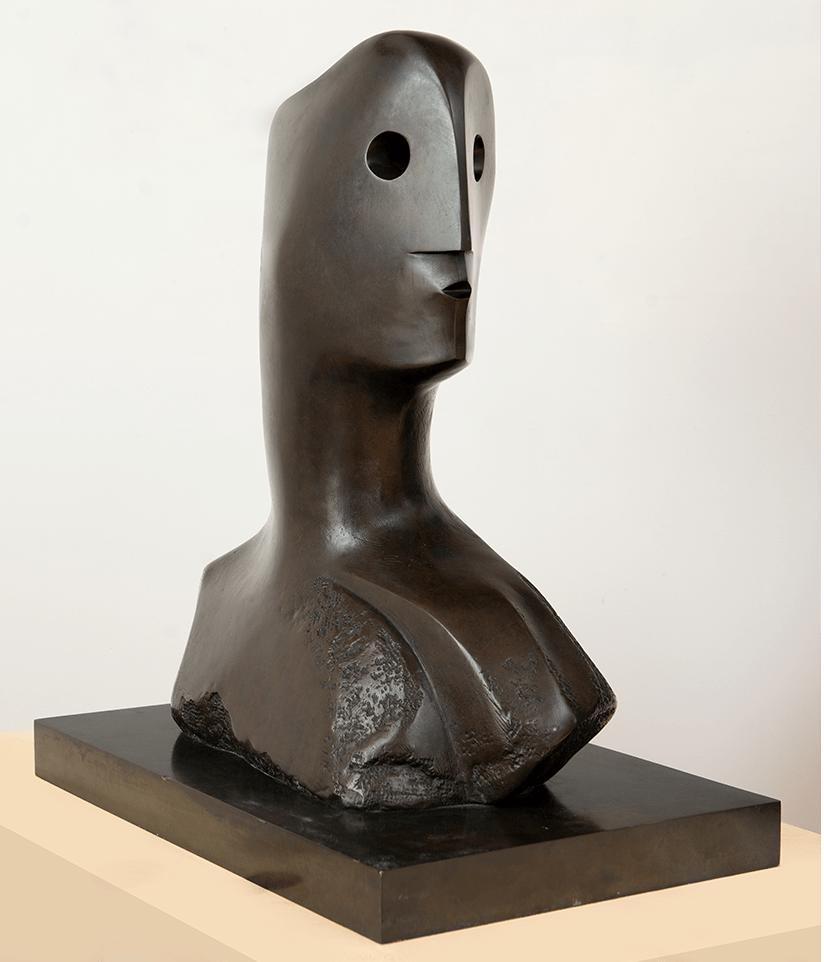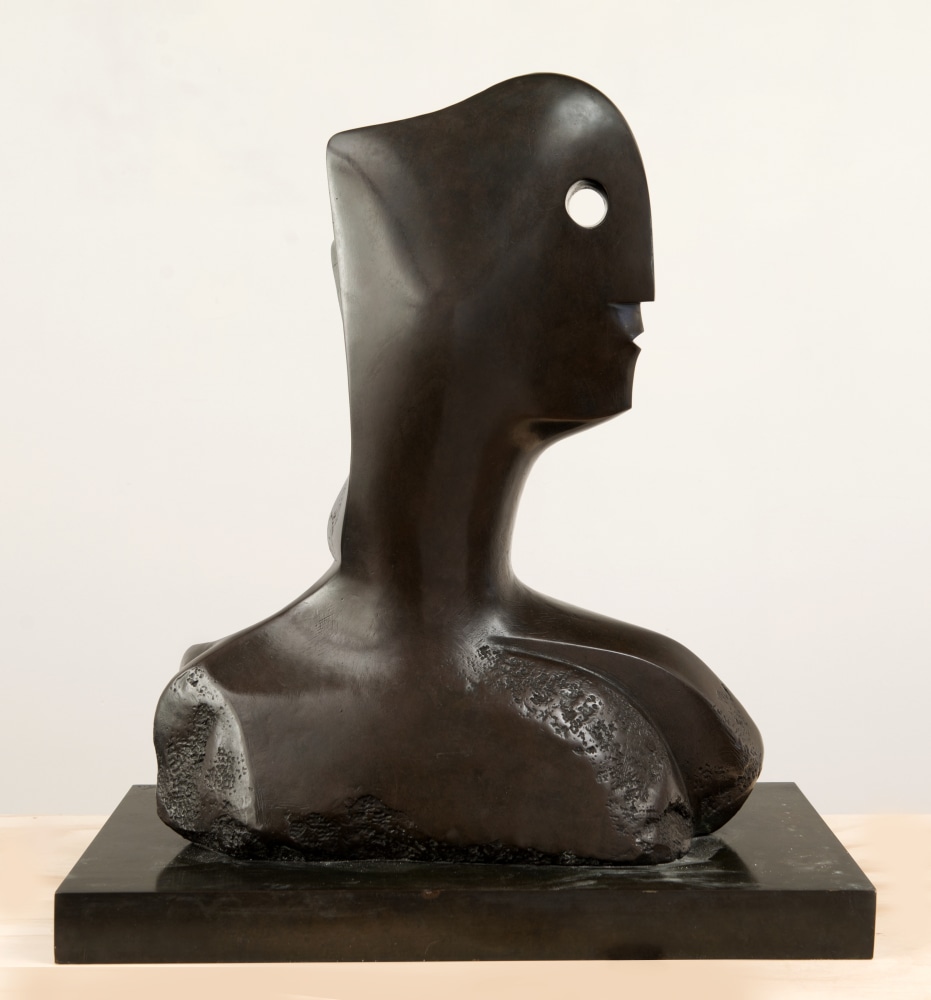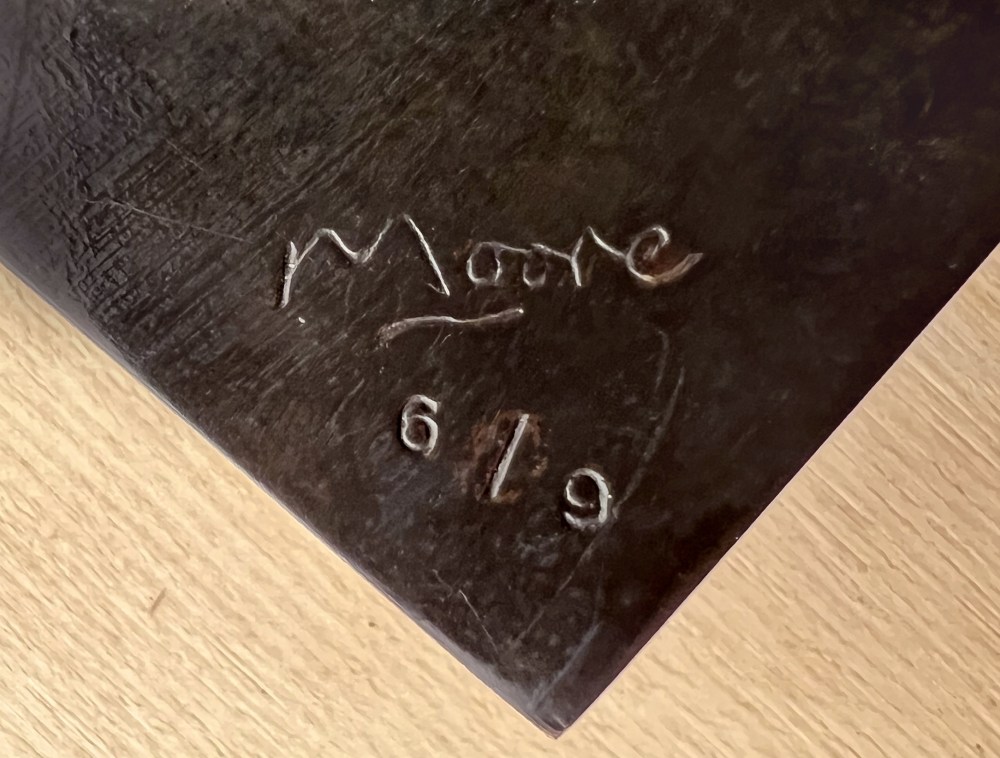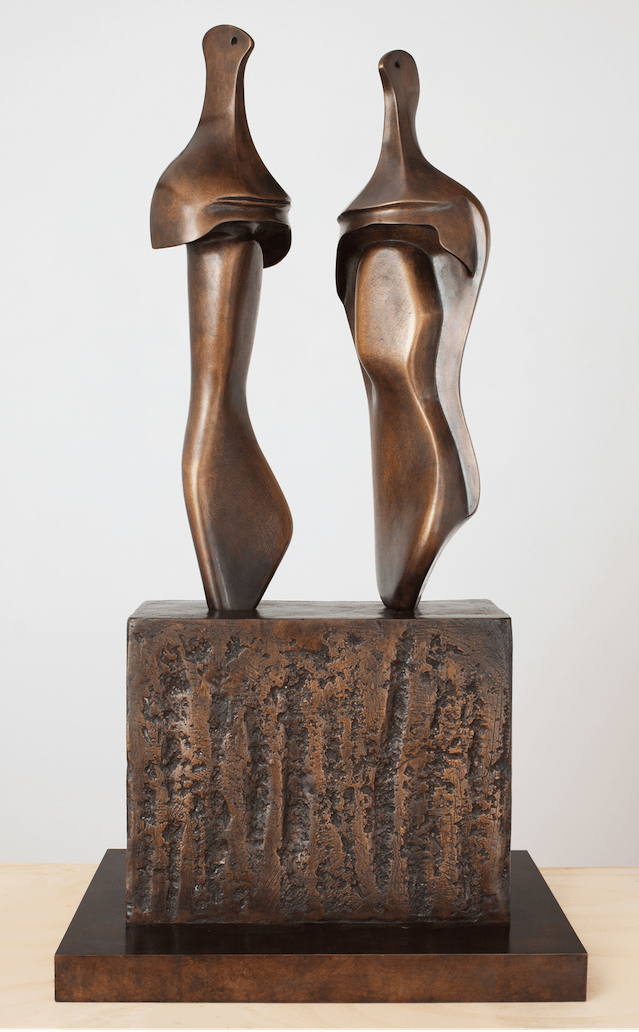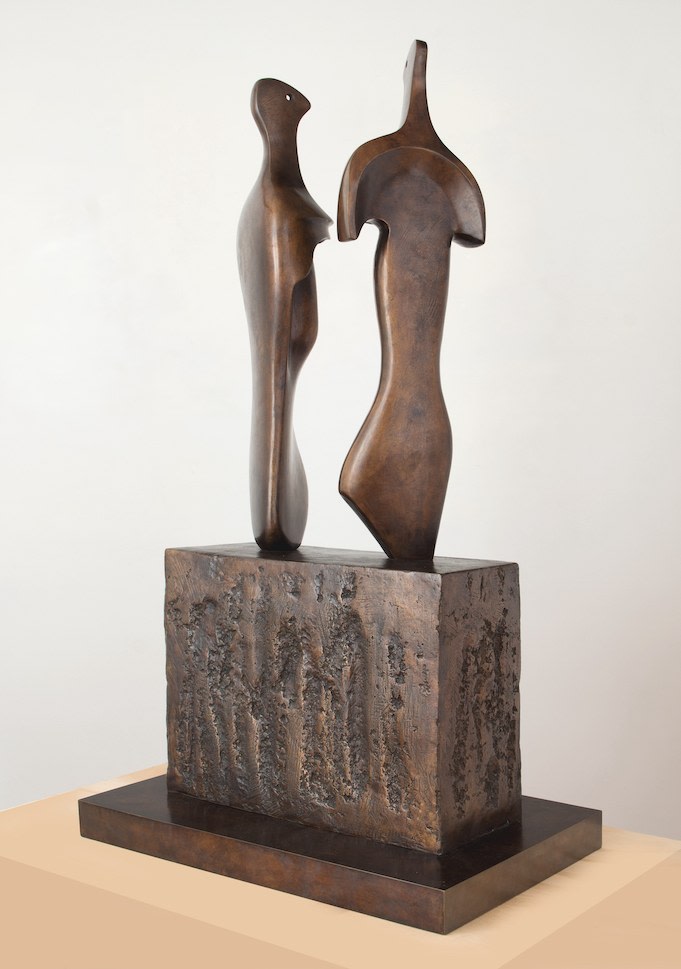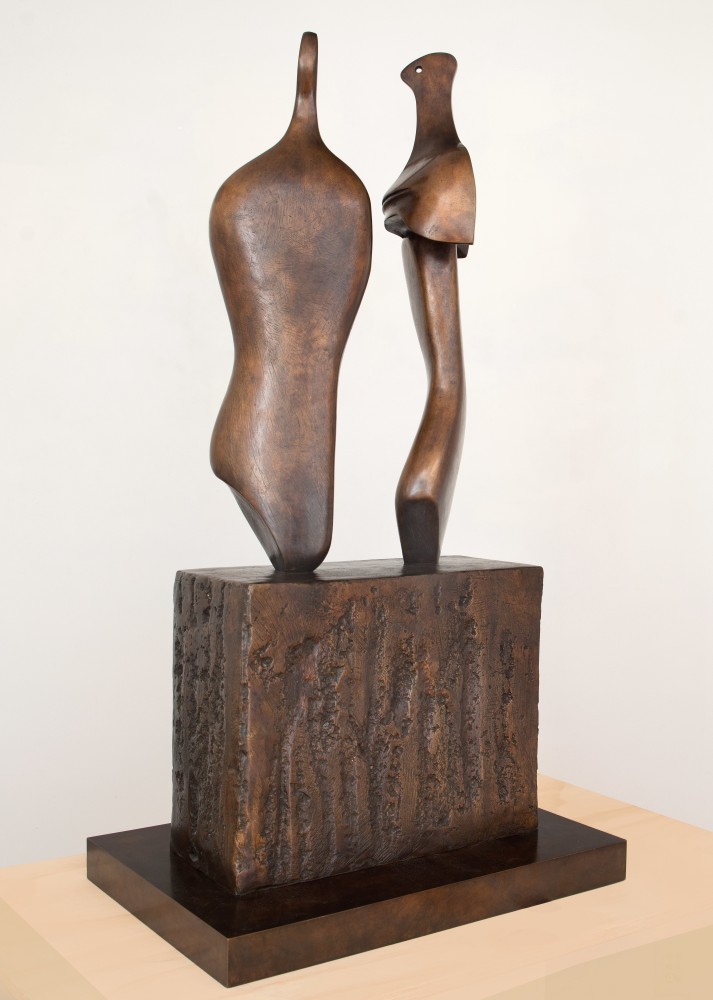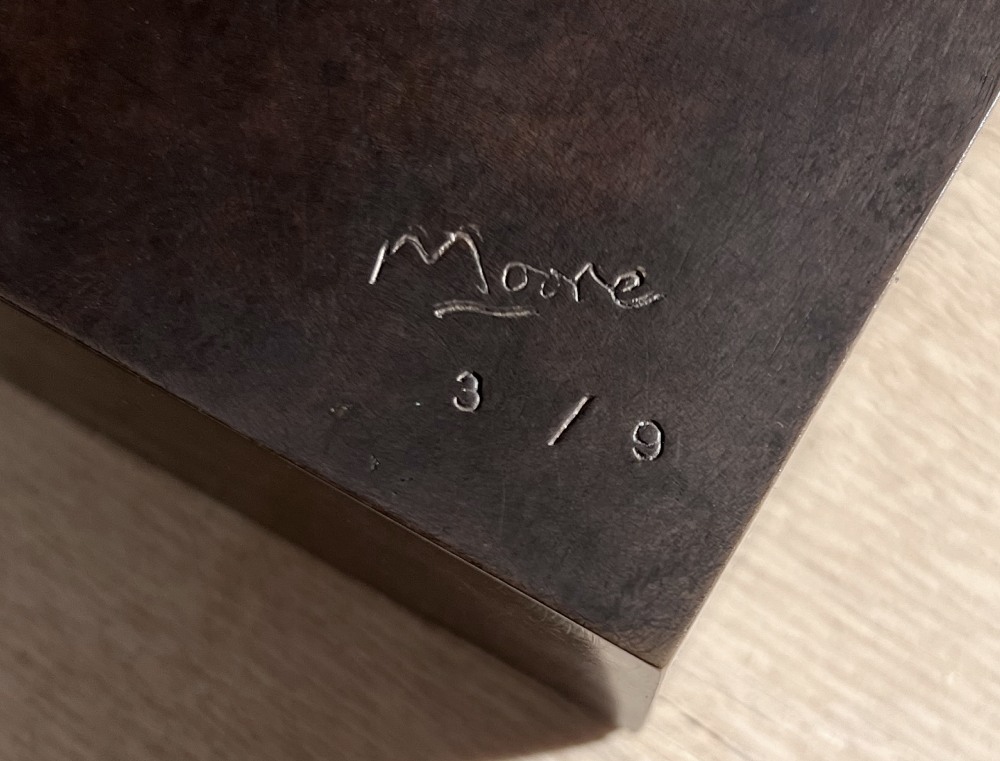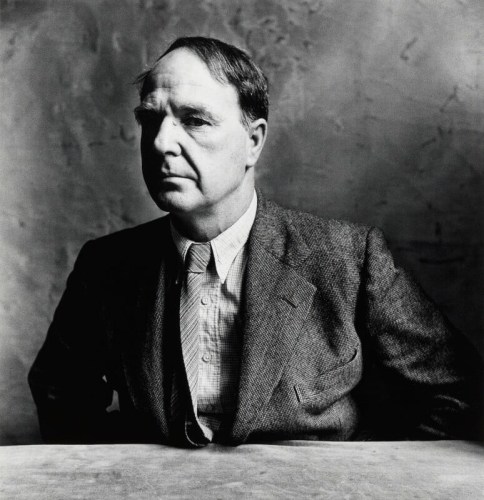The human figure provided Henry Moore (1898–1986) with endless inspiration. Depicted standing, reclining, in pairs, or isolated, male and female figures dominate the sculptor’s work and served as the basis for his formal explorations. We are pleased to celebrate this innovative modern artist by featuring two fine works: Two Three-Quarter Figures on Base, 1984, and Head, 1984.

